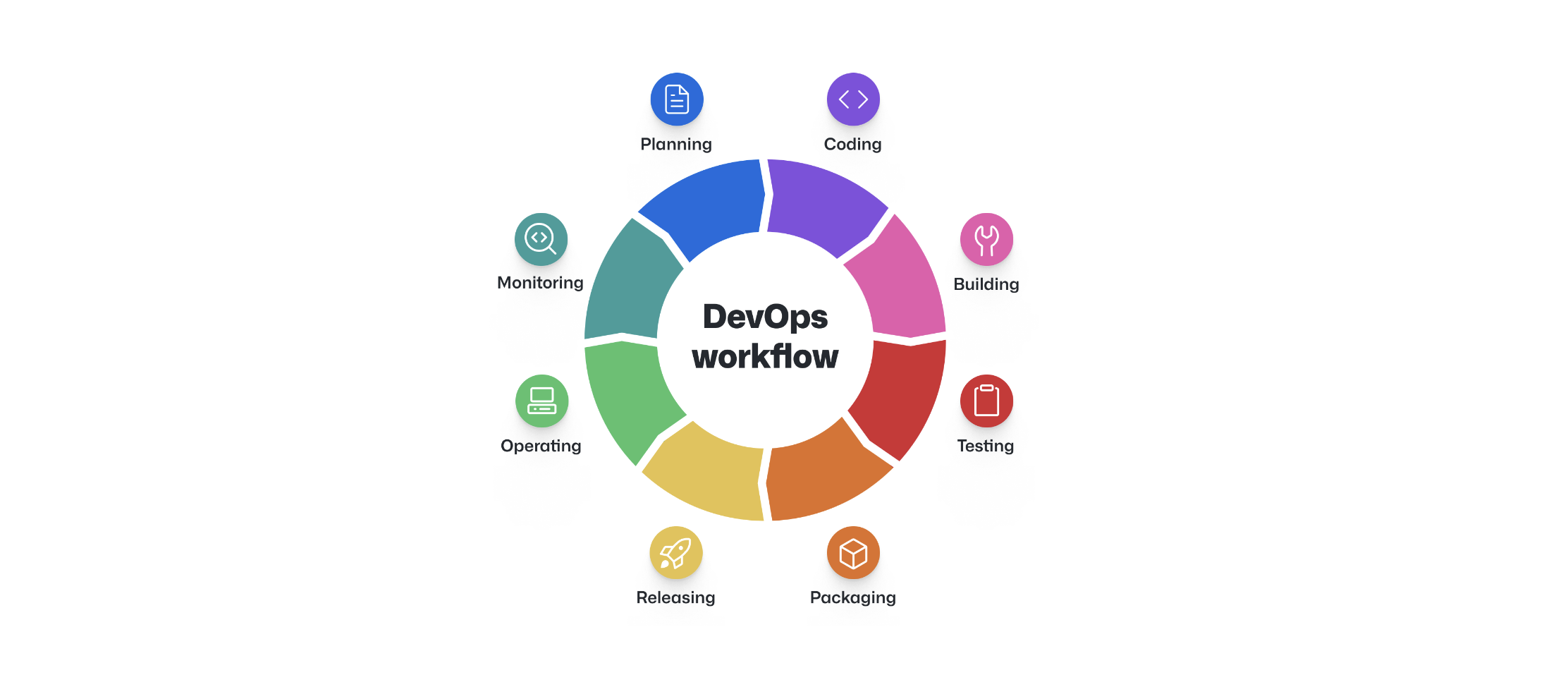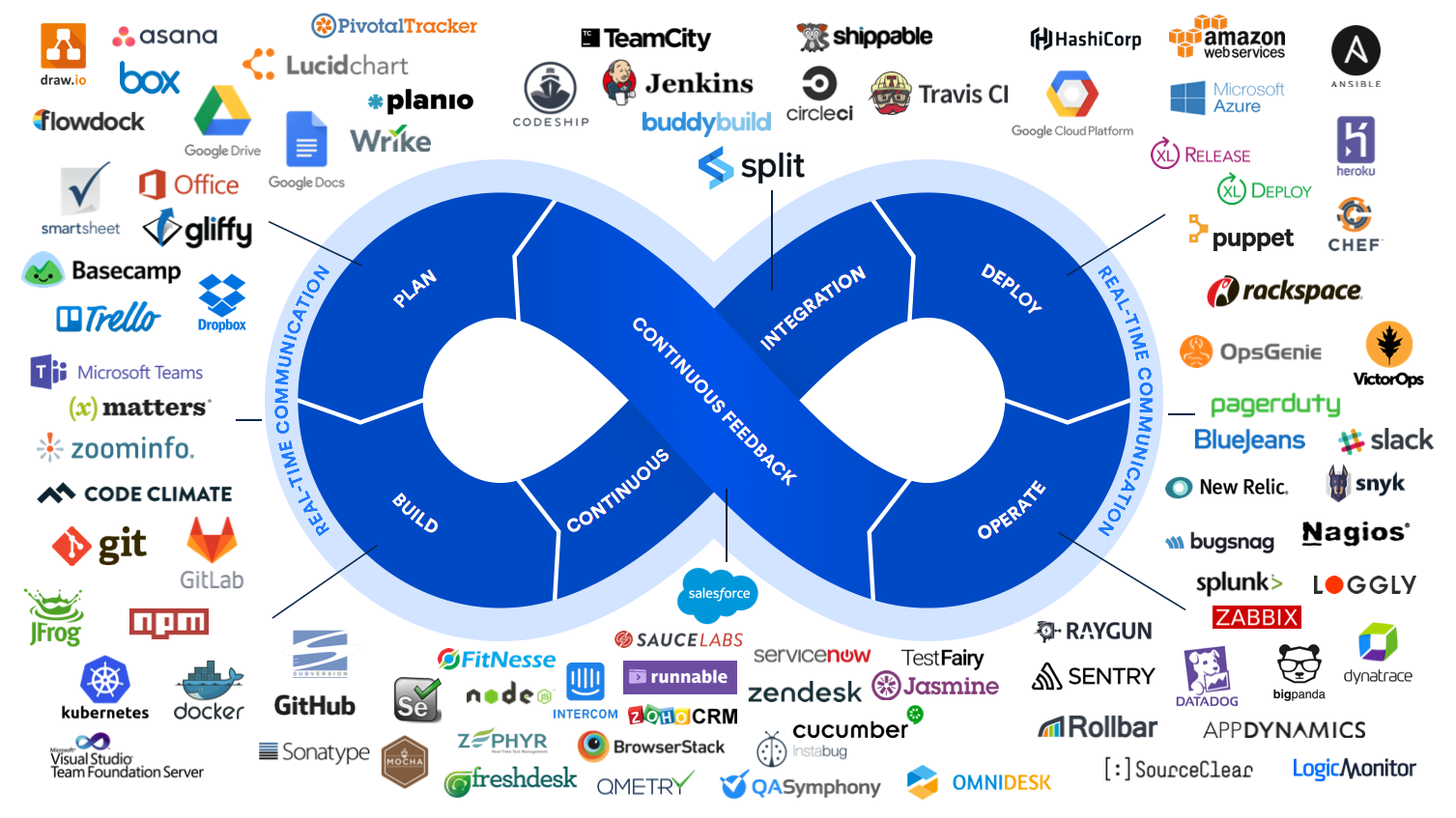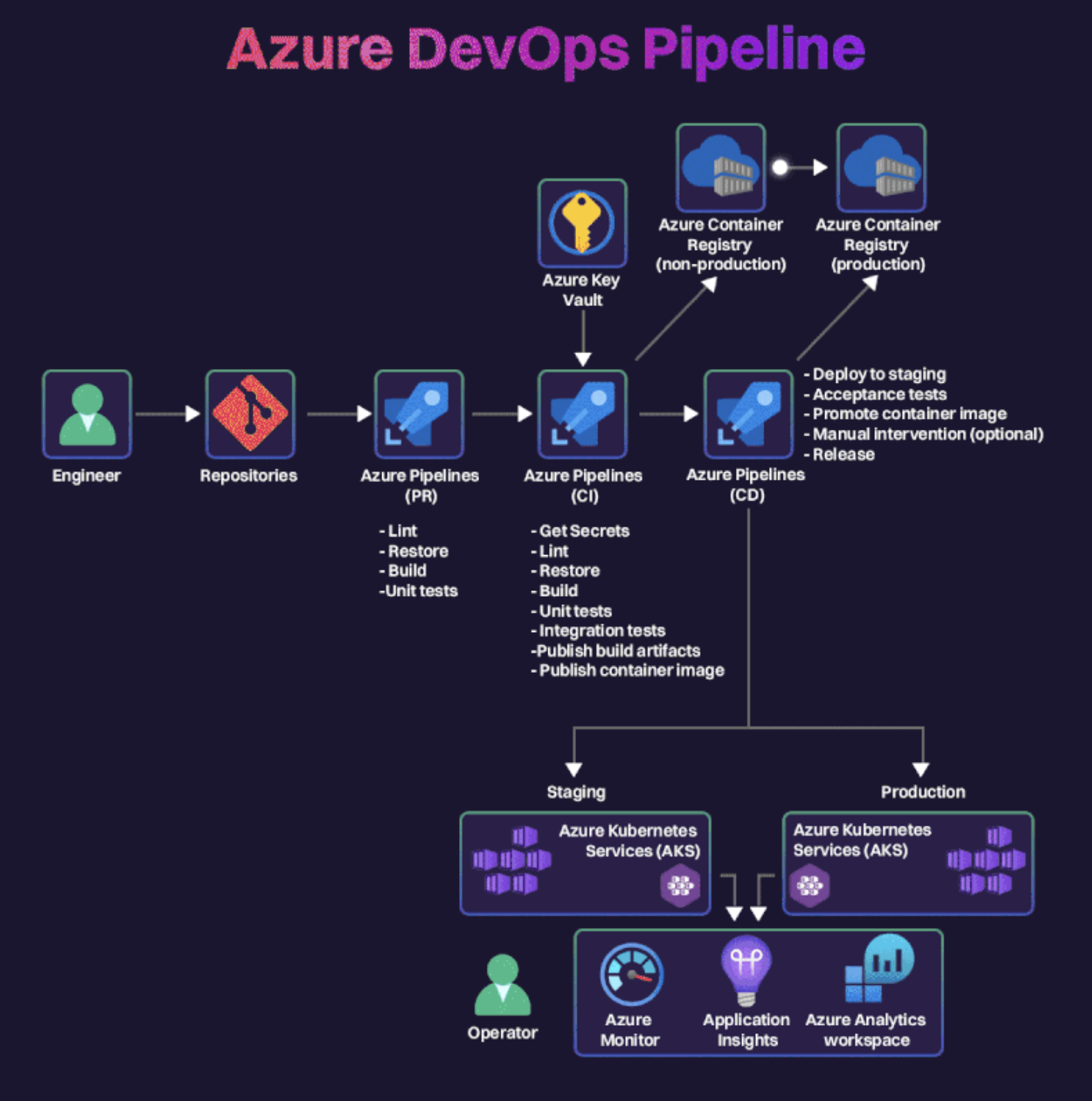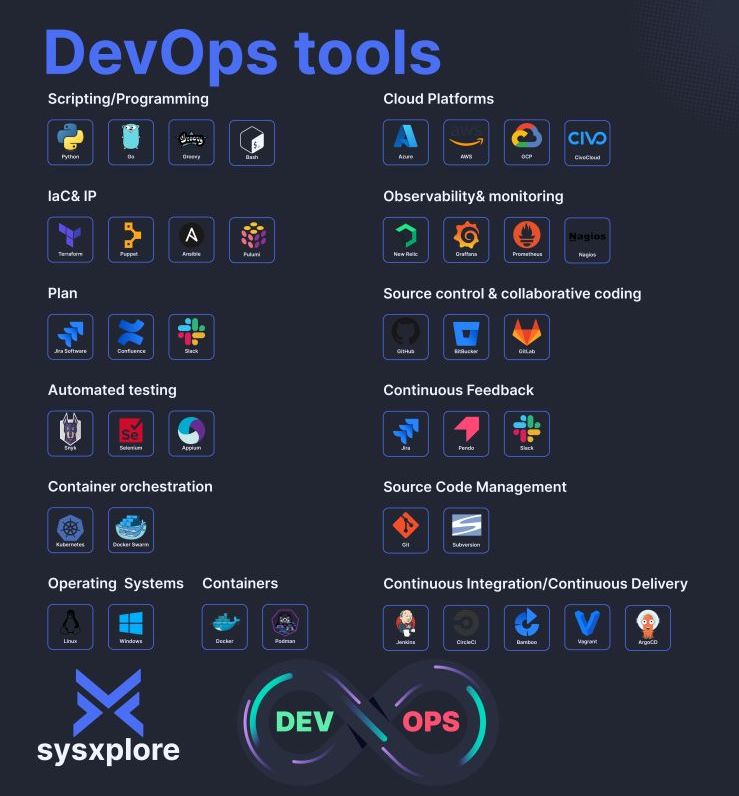DevOps Guide and Best Practices

What is DevOps
DevOps is a software methodology and IT culture that combines software development and IT operations to streamline software and services delivery. The objective is to build software more efficiently and harness automation as much as possible to drive faster deployment of higher-quality software. The overall goal is to make system changes easier and rely on continuous improvement instead of massive improvement initiatives.
DevOps emphasizes enhanced collaboration and communication between different teams, including developers, operations staff, quality assurance (QA) professionals, and security specialists. These teams use automation tools to accelerate and standardize the development process and employ CI/CD techniques to test, integrate, and deploy software changes as quickly and reliably as possible.
Problems DevOps Solve
Legacy software development practices, such as waterfall, are typically slow and can cause conflicts between developers and operations teams. Prior to DevOps, the development team would already be working on a new project by the time operations completed QA and security checks. Organizational silos between development and operations discouraged collaboration to fix issues, instead promoting finger-pointing. This frustrated business clients and other stakeholders who were impatiently waiting for an application to move into production.

DevOps also solves the testing issue in traditional development environments. Without rigorous testing, software bugs can go undetected, leading to unplanned downtime of critical production systems, user frustration, and even lost revenue. With CI/CD, DevOps implements testing earlier, avoiding the last-minute rush to test quickly and push apps out the door.
Security is another critical issue. DevOps incorporates continuous security audits as an integral part of the development process to identify and address vulnerabilities before bad actors exploit them.
Benefits of DevOps
Some advantages of a DevOps culture include:
- Faster time to market: DevOps enables organizations to bring new products and features to production faster through a streamlined development process and by eliminating bottlenecks.
- Improved collaboration: Teams working together helps to reduce silos and improve communication across the organization.
- Better quality: With testing and deployment automation, DevOps can reduce the number of errors and improve the overall quality of the software.
- Increased efficiency: Automation aids velocity by reducing repetitive tasks and manual intervention.
- Greater scalability: DevOps provides a framework to build scalable and resilient software capable of supporting rapidly growing businesses.
Daily responsibilities
Monitoring and Maintenance
- Health Checks: Begin the day by reviewing health dashboards and monitoring alerts using tools like Prometheus and Grafana.
- Issue Mitigation: Prioritize troubleshooting detected anomalies to prevent impact on end-users.
CI/CD Pipeline Management
- Automation: Streamline the deployment process using Jenkins and GitLab CI.
- Pipeline Development: Create and maintain pipeline scripts, integrate automated testing, and ensure smooth deployments with rollback strategies.
Infrastructure as Code (IaC)
- Provisioning: Use Terraform and Ansible to provision and manage AWS cloud resources.
- Resource Management: Configure EC2 instances, manage VPCs, set up S3 buckets, and handle IAM roles and permissions.
Security and Compliance
- System Updates: Regularly update and patch systems, and manage SSL certificates.
- Best Practices: Enforce security best practices, conduct regular audits, and address vulnerabilities with the security team.
Performance Optimization
- Analysis: Analyze system performance metrics to optimize resource utilization.
- Optimization: Fine-tune autoscaling policies, optimize database queries, and refine caching strategies to improve responsiveness and reduce costs.
Collaboration
- Team Alignment: Participate in daily stand-ups and planning meetings using Agile methodologies.
- Cross-Functional Work: Align with development teams on deployment strategies and environment consistency.
On-Call Support
- Availability: Participate in on-call rotations to provide 24/7 support for critical issues.
- Incident Response: Quickly respond to incidents, perform root cause analyses, and implement long-term solutions
Handle failure
Immediate Rollback:
- Revert to the last stable release using automated rollback procedures in the CI/CD pipeline.
- Restore services promptly to minimize user impact.
Failure Assessment:
- Analyze logs and error messages using tools like ELK Stack or Splunk to identify the cause.
- Check monitoring dashboards (e.g., Grafana, Prometheus) for deployment anomalies.
Communication:
- Inform development and operations teams about the failure and rollback.
- Update stakeholders on the issue and resolution steps.
Root Cause Analysis:
- Investigate underlying issues, whether code-related, configuration errors, or infrastructure problems.
- Review recent code changes, merge requests, and deployment scripts.
Issue Resolution:
- Collaborate with developers to fix code bugs or adjust configurations.
- Test the fix in a controlled environment to ensure problem resolution.
Re-Deployment:
- Redeploy the application after confirming the fix, closely monitoring the process.
- Use phased rollout strategies like canary deployments to mitigate risk.
Post-Incident Review:
- Document the incident, causes, actions taken, and lessons learned.
- Hold a debrief meeting to discuss improvements and prevent recurrence.
Process Improvement:
- Enhance automated testing in the CI/CD pipeline to catch similar issues earlier.
- Update deployment checklists and runbooks with new insights.
Monitoring and Alerts Enhancement:
- Refine monitoring tools to detect and alert on specific failure patterns sooner.
- Implement health checks and automated rollback triggers.
DevOps Workflow

Azure DevOps Pipeline

Opensource Jira Alternative
- Redmine:
https://www.redmine.org/ - MantisBT:
https://www.mantisbt.org/ - Phabricator:
https://www.phacility.com/phabricator/
DevOps Tools

Devops Tutorial
Some of the content is generated by AI, please be cautious in identifying it.